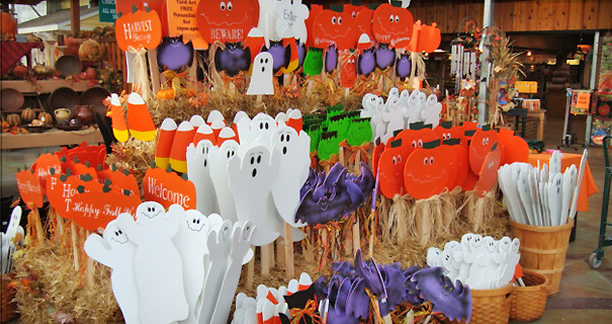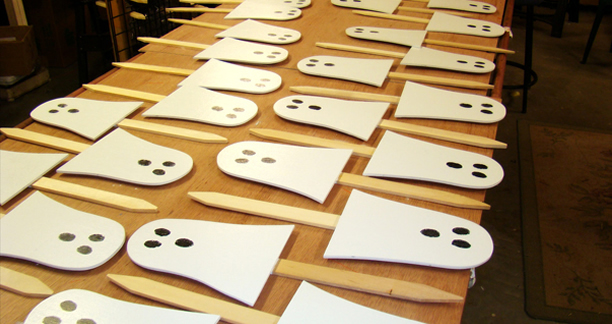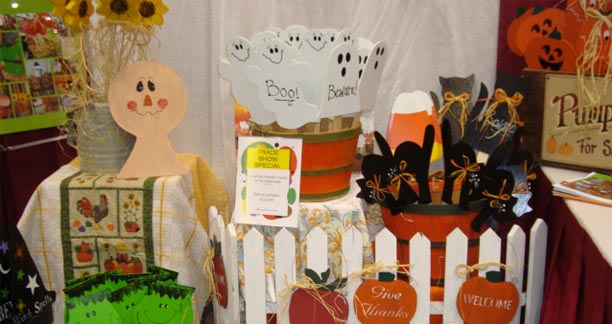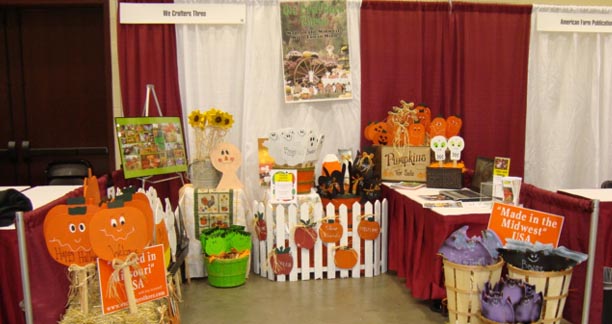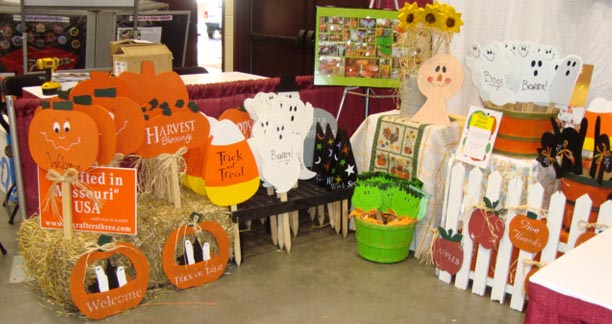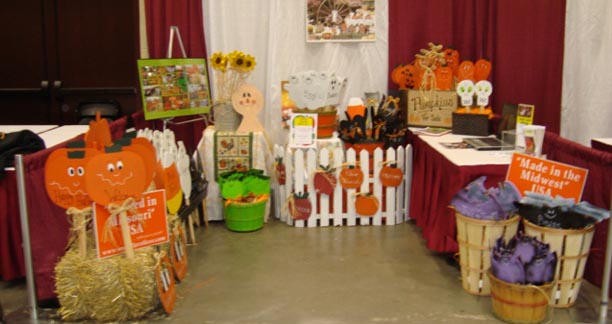
It is 1995; a young art student is studying for a degree in ceramics at Central St. Martins, the London college with a track record of producing superstars in the world of design.
Ian Stallard ’s ambition at the time was to push boundaries. “I chose ceramics because I wanted to be shocking and it was the only medium which felt like it could be shocking,” he said. “Everything else had been done.”
In the same year Mr. Stallard, now 41, met his long-term partner in both business and life, Patrik Fredrikson, now 46. He had moved to London from his native Sweden to study industrial design, having given up a career in advertising to search for something more stimulating.
Nearly two decades on, Fredrikson Stallard is a feted brand, whose work is on show at London’s Victoria and Albert Museum and held in the private collections of a number of wealthy collectors around the world.

Their work occupies a slim no-man’s-land between art and interior design—and it’s not for the faint hearted. Huge sheets of steel have been crushed into seemingly impossible shapes and encased in glass—part installation and part side table. Their Pyrenees sofa is made from polyurethane foam, hand-carved into a mountainous landscape (where the valleys represent seats) and then sprayed with fibers to give a velvety finish.
Both designers say they are inspired by abstract expressionism, and by the idea of elevating humble materials like polyurethane foam and sheet metal into art—“finding the beauty in ugliness” is how Mr. Fredrikson describes it.
The nerve center of this operation is a 3,000-square-foot office/gallery/apartment in fashionable Clerkenwell, central east London, but Fredrikson Stallard was really born in the living room of a flat in Hackney, a further flung east London borough, which the pair shared early in their relationship.
After graduating from Central St. Martins, Mr. Stallard set up a small ceramic-design studio, while Mr. Fredrikson was busy finishing his degree. On a summer break, Mr. Fredrikson did an internship with Michael Young, a leading designer of everything from bicycles to bags.
The internship led to an introduction to David Gill, who has an upscale Mayfair gallery and represents contemporary artists and designers, including the architect Zaha Hadid. Mr. Gill, with his little black book of wealthy collectors, was impressed by the young intern and now represents Fredrikson Stallard.

In 2003 the duo took a stall at 100% Design, Britain’s largest design trade fair. One of their pieces was a table constructed from a bundle of logs strapped together with a steel band, an early example of industrial luxe style. They found themselves the focus of excited press coverage and the table is now held in the collection of the Victoria and Albert Museum.
Things then began to move fast. They set up their first joint studio in Haggerston, in east London, and launched Fredrikson Stallard in New York at the now-defunct Williamsburg gallery Citizen Citizen. Theysay New York is their spiritual home; more inclusive and open than the sometimes snooty London art scene.
Word began to spread, and they estimate that “99%” of their clients are private collectors. “It is a very small world and these people all know each other,” said Mr. Stallard. “It is a little bit like a uniform. If one person gets a Pyrenees sofa, then everyone else wants a Pyrenees sofa.”
Their works include a $1,875 rubber side table, and a $94,000 circular, wall-mounted light made of aluminum, crystal and weathered steel, which is often used to make bridges and shipping containers. Large dining tables can cost up to $125,000.
Part of the reason these major pieces are so expensive is that they are either custom jobs, one offs or limited editions. In December, however, Fredrikson Stallard made its first foray into volume production in collaboration with Italian furniture maker Driade. The collection includes coffee and side tables, as well as decorative items like mirrors, trays and boxes.

Living and working together is an enormous test for a couple; an obvious question, therefore, is do they disagree often?
“Yes and no,” said Mr. Fredrikson. “Over the years we have got to learn how each other’s heads work.”
Mr. Stallard has a slightly different take: “Straight away, I will know if Patrik will like something—and if I think he will not I know the way to describe it so that he will.”
One thing they fully agree on is the joy of hands on making pieces. “It feels a little bit pointless if you have just sat all week and gone tap, tap, tap on a computer,” said Mr. Fredrikson.
Read more here: www.wsj.com


